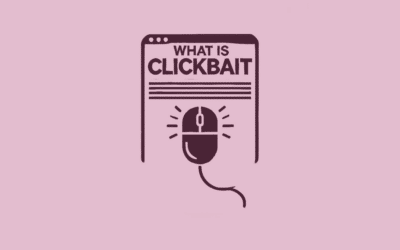There is a lot of debate around what exactly constitutes high quality in a backlink. While Google hasn’t given us a set checklist to follow, there are a few key ways to measure the quality of backlinks that we follow at BASE.
Relevance
One of the most important factors in determining backlink quality is relevance. A quality link will be a relevant one. In order to explain this further, let’s break it down into two different types of relevance.
Content
First of all, most links mean little to nothing without quality content attached. This is content that is valuable to readers and relevant to the subject at hand. Ask yourself, would someone researching the subject be happy that they clicked your link? Does it make sense for the page to link to yours? Is your content useful and authoritative?
This aspect of backlink quality is why we work hard to create custom content that is relevant to the keyword, relevant to users searching for that keyword, and relevant to the site that content is posted to.
Anchor Text
In addition to quality content, it’s important that the anchor text used for the link is also relevant. This does not necessarily mean that every anchor text phrase should be an exact match to the keyword, but that it is at least semantically related to both the keyword and the content.
Nature of the Link
Anchor text relevance is not the only technical factor in determining backlink quality. There are a couple of other things to consider.
First, is the site being indexed by Google? This is the first and most important thing to check. If a site is linking to yours but is not being indexed by Google, that means that Google doesn’t see that link and it is not passing any authority to your site.
Second, is the link a Do-Follow link? There are two types of links: No Follow, and Do-Follow. While there is some debate surrounding the effectiveness of No Follow links, Do Follow links are preferable in just about every situation.
Third, where is the link placed? The most valuable links are placed in the body of the content, and while any link is better than no link, those in sidebars and footnotes are much less valuable. Furthermore, the total number of links on a page can affect the amount of authority that you get — the fewer links the better.
Authority
There are a few different ways in which the authority of certain sites is measured. Two of the most commonly used are Domain Authority (DA) and Page Authority (PA) (this is an industry-accepted metric created by Moz). We use Domain Authority to measure our pricing tiers because it is not only more valuable to place a link on a site that Google deems to be more authoritative, but it is a trickier process to secure these links.
Metrics like DA and PA are important to keep in mind when looking at the authority of a site but they don’t tell the full story. We use the following checklist for every site we post content to make sure that Google likes the site. Here are the metrics that we use:
- Indexed Regularly
- DoFollow Links
- Relevant Organic Keywords
- Organic Traffic of 500 +
- Not a PBN
- No Payment Required to Post
The last metric is very important, as Google standards do not permit paid posting for link building, and such practices may be penalized. Always make sure that the links are built organically and not being paid for.
If you want to learn more about Domain and Page Authority, you can read it here, as well as more information as to how it impacts backlink effectiveness here.
Contact our team of link building experts to get a quote so you can start ranking higher on Google today.



